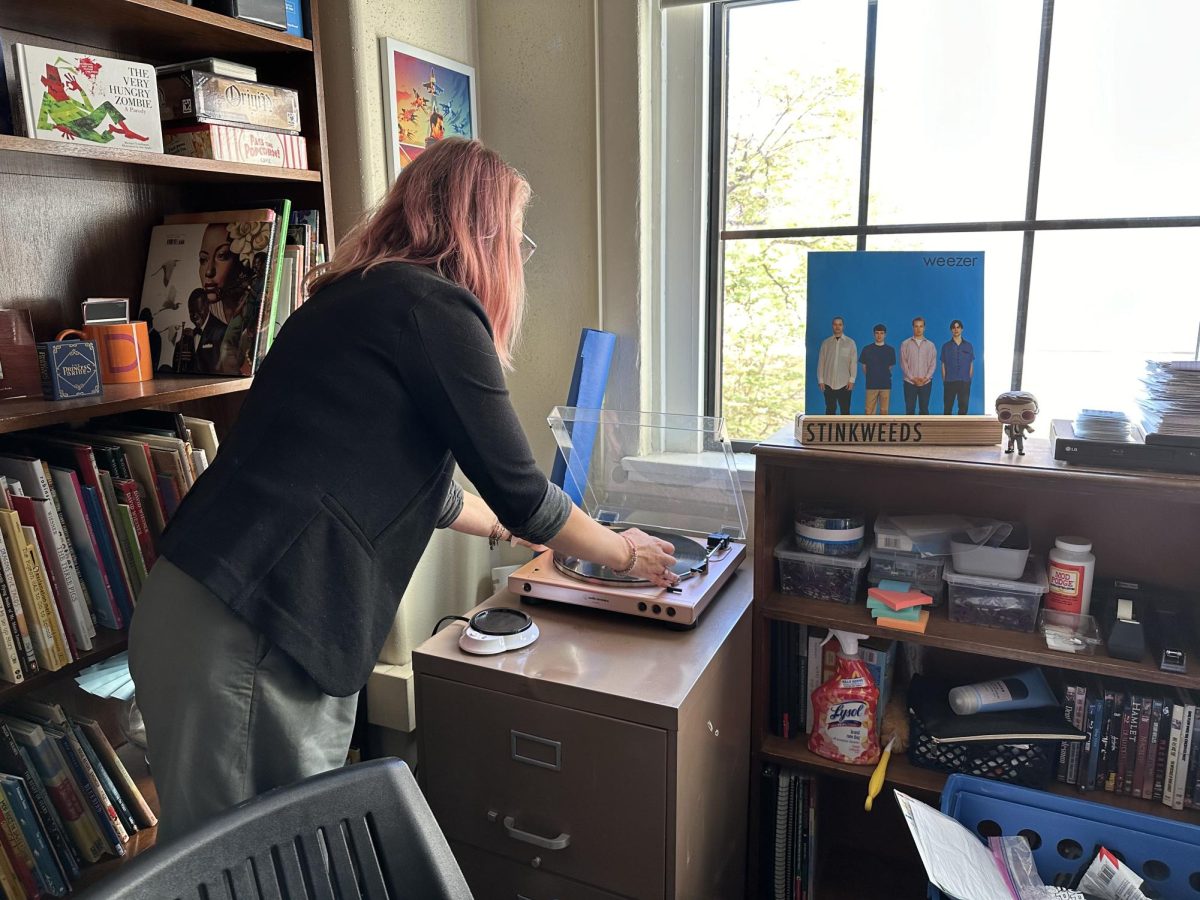Photo Illustration by Isaac Myers ’18 – Student athletes risk receiving a concussion in many sports.
By Juan Carlos Ramirez ’18
THE ROUNDUP
Concussions are something that many student athletes dread since they are attainable in any sport.
There is no helmet that guarantees total protection of the head, and in recent years, an increase of concussions has occurred as a result of sports becoming more physically intense.
“I do think there has been an increase in concussions more recently due to the increase in training, higher forces and higher speeds of these sports,” said Athletic Trainer Mr. Chris White.
Students have felt symptoms that vary from simple headaches to a loss of concentration.
“You don’t really remember what happens. It’s like a blur,” said Jake Smith ’18 who experienced three concussions as a result of football.
The duration of these concussions also varies depending on the person who experiences the head trauma.
“It’s harder to stay focused on certain things,” said Josh Spanos ’18. “You’re not really normal. Your vision can get blurry.”
Concussions have different durations on different people, but the steps for recovery generally apply for all athletes.
“We go through a 20-plus symptom checklist,” Mr. White said. “Every concussion is different, and it can manifest itself in many many different ways. In only about 10 percent less of concussions does someone lose consciousness. In fact, the vast majority I have seen over 30 years there’s never been a loss of consciousness,” Mr. White said.
Mr. White said that Brophy follows a document that is the National Athletic Trainers’ Association Position Statement : Management of Sport Concussions.
He also added that he meets with Tamara McLeod, who is the director of the athletic training program at AT Still University in Mesa.
“She is a coauthor on the position statement and one of the leading researchers on sports concussions,” Mr. White said in an email.
Some student athletes said they know the risks of playing sports, especially the ones that involve physical contact, but believe that the game is much more important than any injury that might occur while participating in these activities.
Max Noren ’18 said that he felt “a lot of sharp pains” when he was diagnosed with his first concussion, and was hesitant at first to report the injury because he did not want to lose playing time.
According to Mr. White, the true remedy to a concussion is simply rest and attention because the most severe injuries to the head have come from concussions that have not been fully cleared.
“One of the worst things that could happen is if someone is still symptomatic or recovering from an initial concussion and takes another hit to the head, that’s where some of the more serious damage happens,” Mr. White said. “That can result in what we call second impact syndrome. Second impact syndrome is literally a lethal brain swelling,”
Brophy does accommodate a student with a concussion because administrators are aware that these student do face problems during classes that make it difficult for them to focus in class.
“I report to the dean, the dean will alert the teachers, and the teachers are suppose to make accommodations … students can leave class and to go to the dean’s office and rest if they need to,” Mr. White said. “They are supposed to get extended time on assignments if need be. They need to shut down, reduce screen time and light stimuli.”
Coaches are trained on concussion symptoms and prevention.
One of them most common things athletes said was the result of their concussion was a lack of technique in their skilled sport.
Noren said he thinks reducing head-to-head contact in practice is important.
“Also to teach players players how to tackle properly and not to lead with their head when they hit people,” he said.
“All coaches that coach for us are required to go through training in recognizing concussions, what are the symptoms and ways to minimize them,” said football coach Mr. Scooter Molander.
Smith said that he does believe that his concentration levels have lowered since his three concussions.
Mr. Molander said that there have been measures made to address the problem of concussions.
“We train neck [muscle groups] everyday, which is linked to a strong neck … limiting the amount of contact in practice head-to-head through our shadow men tackling dummies we purchased on the off-season,” Mr. Molander said.
“And then through coach Mr. Thurmond Moore and his tackling technique, which removes the head from contact.”
Mr. Molander clarifies that concussions are part of any sport, but they do take step to minimize the amount of concussions.
“We do our best to limit concussions,” Mr. Molander said. “Concussions are part of any sport. Not exclusive to football.”


























